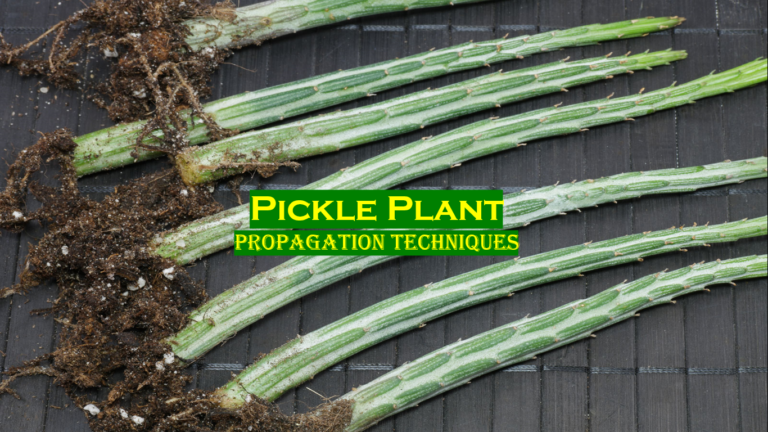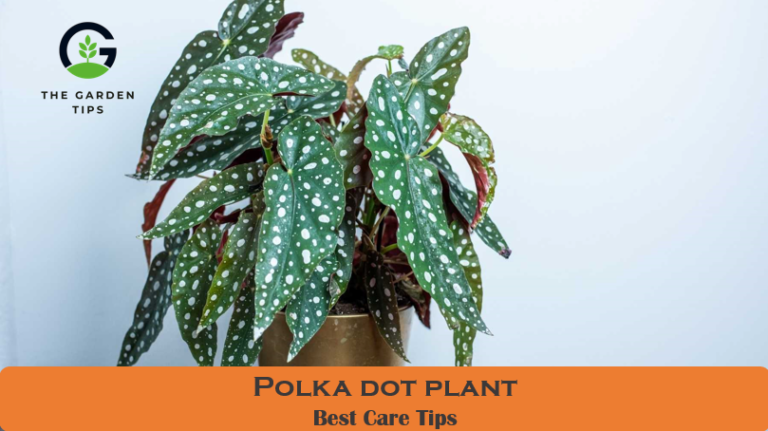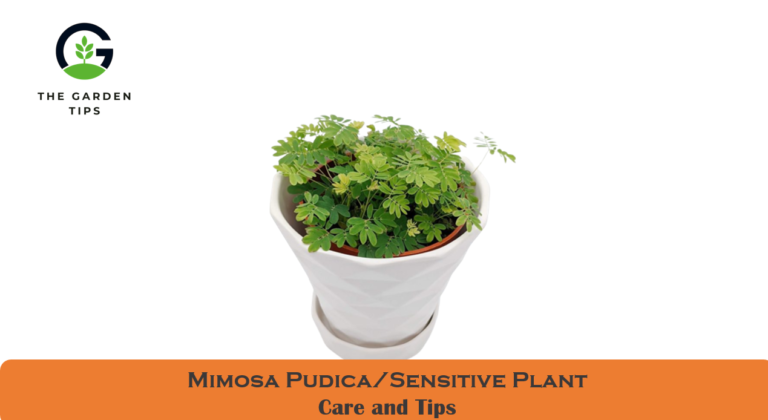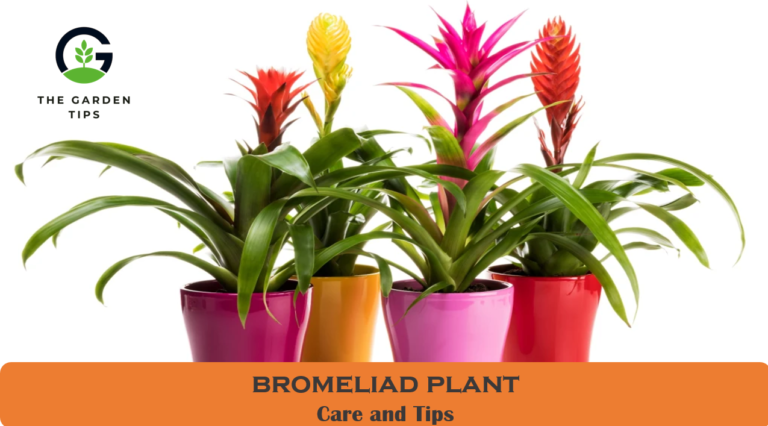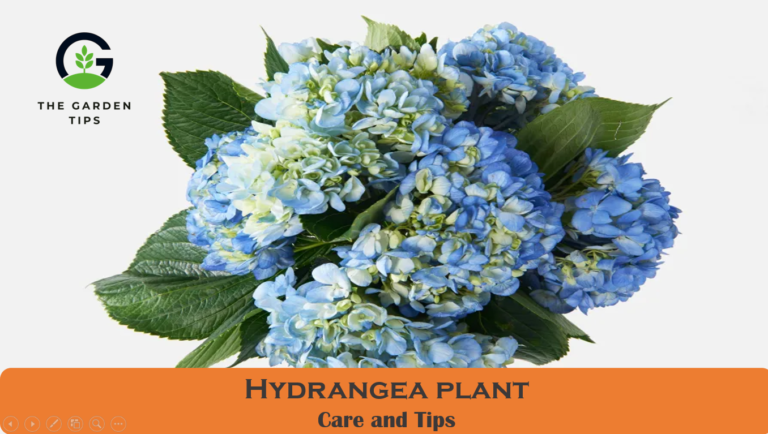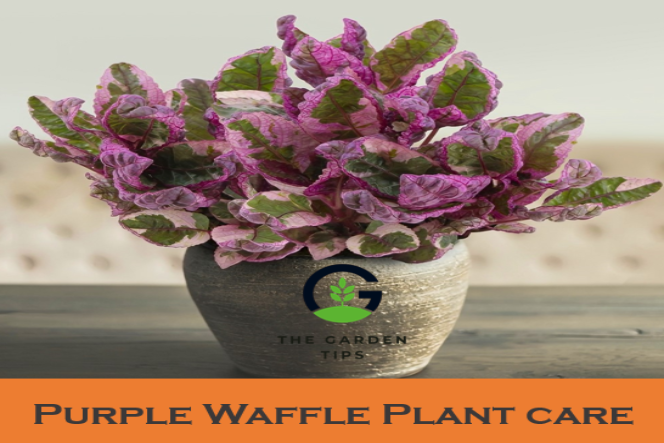As an indoor plant, Dieffenbachia (Dumb Cane) prefers bright, indirect light. Use nutritious, well-drained potting soil rich in peat as a starting point for your plant. High humidity is ideal for this plant, which is native to tropical regions. A pebble tray filled with water can be used to keep the pot submerged. It can be helpful to mist the leaves during the drier winter months.
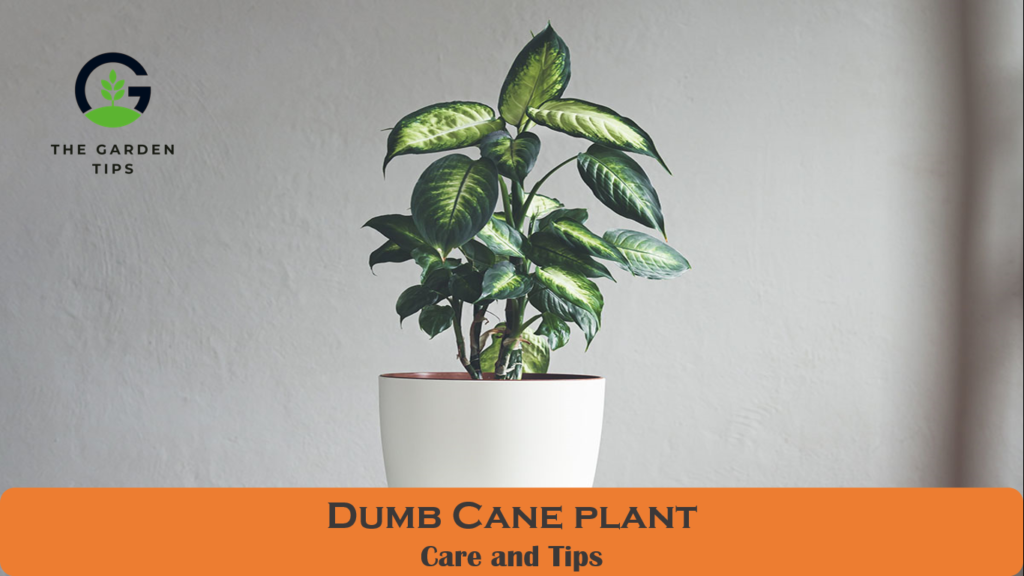
What is Dieffenbachia’s Plant?
Its pointy, ovate leaves come in a wide range of green, creamy, and white color combinations. It is possible for a healthy, well-tended dieffenbachia to reach a height of 10 feet and have leaves up to 20 inches across.
This is an uncommon occurrence under ordinary indoor conditions, when plants rarely grow to this size, typically averaging between 3 and 5 feet tall. A rooted cutting of Dieffenbachia can reach a height of 2 feet in a year after planting if it receives adequate light.
Is Dieffenbachia a dumb cane?
Yes. Despite the fact that the nickname “dumb cane” has fallen out of popularity as a disparaging phrase, it was given to the plant because it is highly harmful to humans, cats, and dogs.
Common mistakes that kill your dieffenbachia plant
- No watering plans
- Low temperature
- Overexposure to sunlight
- Nutrient deficiency
- Infestations with Pests
How to care for a Dieffenbachia Plant?
A popular indoor plant because of its ability to thrive in shaded situations but prefers strong light throughout the winter months, dieffenbachia is an excellent choice. Dappled light or indirect illumination is preferred by the plant during the growing season. Because the plant prefers to develop on the side that faces the light, rotating it on a regular basis is necessary to maintain an even growth rate.
Most popular types of Dieffenbachias in the United States
- Camille
- Camouflage
- Tropical tiki
- Seguine
- Carina
- Compacta
- Delilah
- Honeydew
What soil is best for the dieffenbachia plant?
Dieffenbachia plant needs well-aerated and fast-draining soil that is rich in nutrients. Ensure that the potting soil has in good health. Leaving roots in damp soil can cause damage, so make sure the drainage is good.
How often do you water the dieffenbachia plant?
Dieffenbachias prefer damp conditions during the planting season and will perish if the soil is allowed to become completely dry. A large dieffenbachia may require twice-weekly watering. Water usage can be reduced in the winter. At around the same time, dieffenbachias should not be overwatered, as this might lead to rot. If you are going to water your plants, be sure that the dirt on top of them is completely dry.
What temperature can a dieffenbachia take?
From 65 to 75 degrees Fahrenheit, this plant-like growth. Temperatures under 60 ° or exposure to cold gusts will cause the plant to shed lower leaves and take on a palm-like shape, so keep an eye out for this.
Does dieffenbachia need fertilizer?
A balanced, diluted fertilizer, like 20-20-20, should be fed every four to six weeks for the greatest results. But some gardeners swear by the practice of using an extremely mild and watered-down fertilizer every time they irrigate.
What are the major insects of the dieffenbachia plant?
In general, Dieffenbachia plants are trouble-free, however, they can be vulnerable to spider mites and aphids, like many indoor plants. Horticultural oil can be used to overcome this issue.
How to propagate the Dieffenbachia plant?
Dieffenbachia plant propagation can be done in three different ways root division, through the stump, and through can cutting. These all are simple techniques.
Propagating dieffenbachia through roots division
- The spring repotting season is a good time to divide and replant offsets (leaving some of the roots intact).
- Using a sterilized tool is recommended to avoid contaminating the parent plant’s root system if you decide to go this route.
Propagating dieffenbachia through stumps
- Older, lanky dieffenbachias can have their tops trimmed off and a rooting hormone added to the soil before being replanted.
- The stump will produce new leaves in the near future.
- As soon as new leaves begin to develop, the old ones should be removed.
Propagating dieffenbachia through cane cutting
- Cut the pieces and place the cane pieces horizontally in moist potting soil, they can be germinated.
- In time, the leaves will begin to grow.
Dieffenbachia potting and repotting
Dieffenbachia needs repotting on an annual basis. Potting and repotting the Dieffenbachias plant is an easy method but first you have to observe the plant requirement for repotting. To determine if your plant needs repotting, look for symptoms of stress just on the plant, such as roots protruding through the surface, overcrowding, or falling leaves.
Lift the plant, remove the old soil, and add some new fresh soil to the new container to repot. Spend some time letting your dieffenbachia get used to its new surroundings once you’ve repotted it. Avoid dealing with the sap without wearing gloves.
FAQs about Dieffenbachia?
Should I cut off Brown dieffenbachia leaves?
Remove damaged leaves from the stem, but do not cut through the main stem. Trimming the brown edges of the leaf along its curve is an alternative to removing the entire leaf. Always cut with clean, sharp instruments to avoid causing injury or spreading disease.
Is dieffenbachia an indoor or outdoor plant?
In the presence of plenty of indirect light, the tropical plant Dieffenbachia thrives inside. Even in low light, it can grow, but its pace of growth will be significantly reduced. It will immediately begin to develop again if exposed to additional light.
Why is my Dumb Cane drooping and turning yellow?
There are a number of reasons why Dieffenbachia leaves may turn yellow, including overwatering and nutritional deficiencies in the plant’s environment. Look at your plant’s growing conditions for a few minutes to identify the problem.
How do you save dying dieffenbachia?
Overwatering should be avoided by allowing the root system to dry out between watering sessions of 7 to 10 days duration. Also, if the pot is too big for the roots, you’ll need to repot the plant and remove any yellowing or dying leaves. This should restore the plant’s health.
Why are my dieffenbachia leaves curling?
There are a number of possible causes for dieffenbachia leaves to curl, including spider mite infestations, over-fertilization, temperature variations, and lack of watering.


